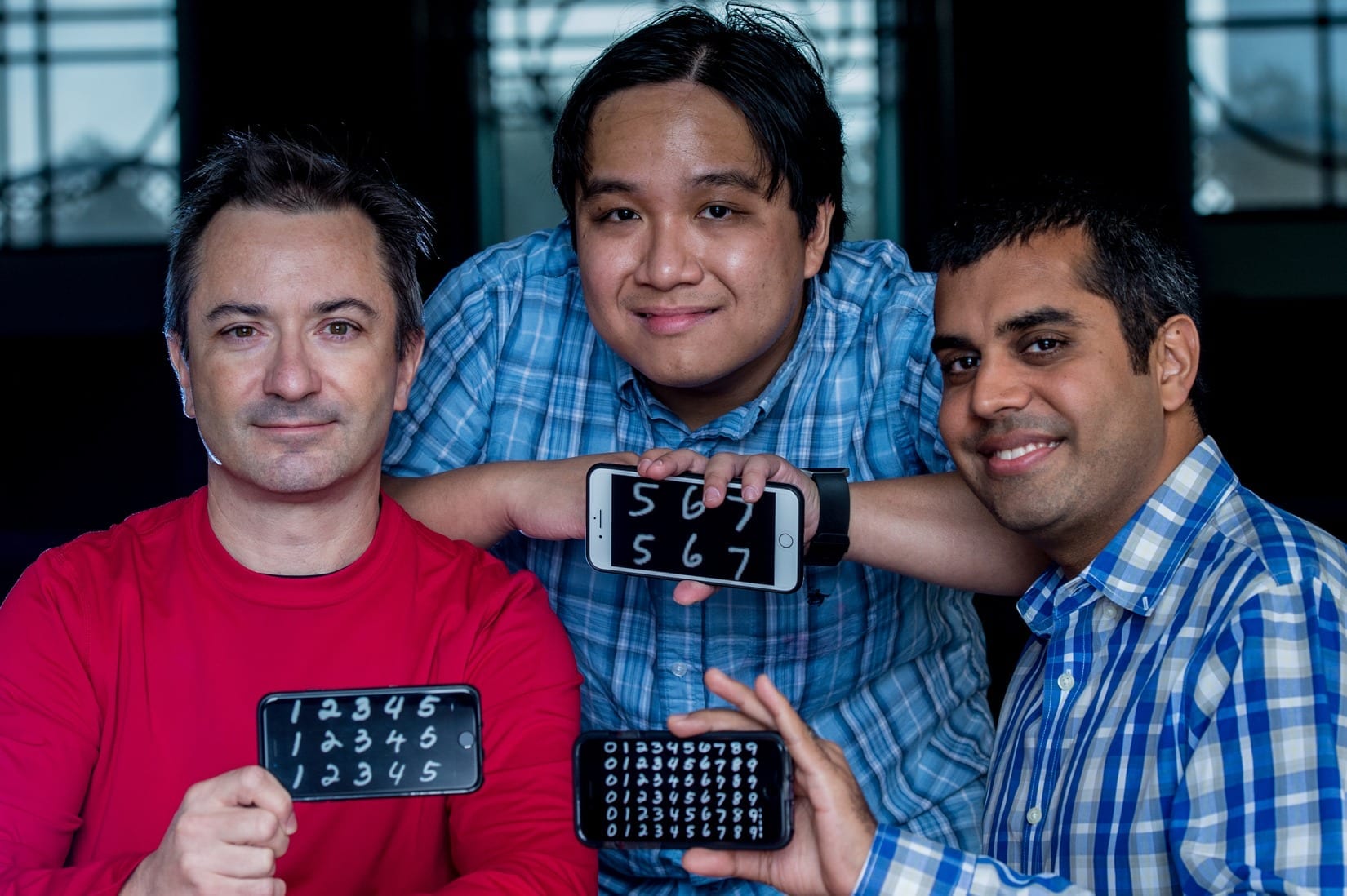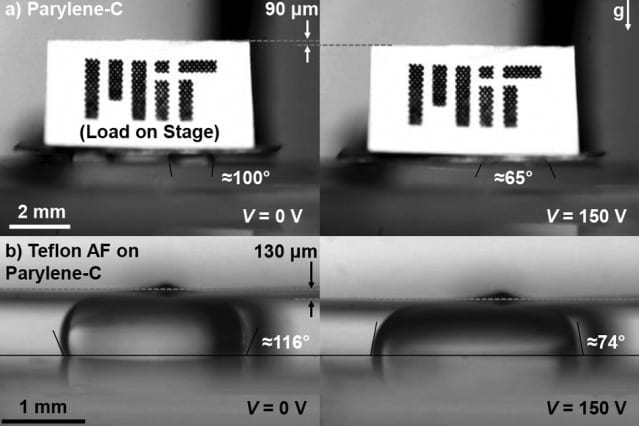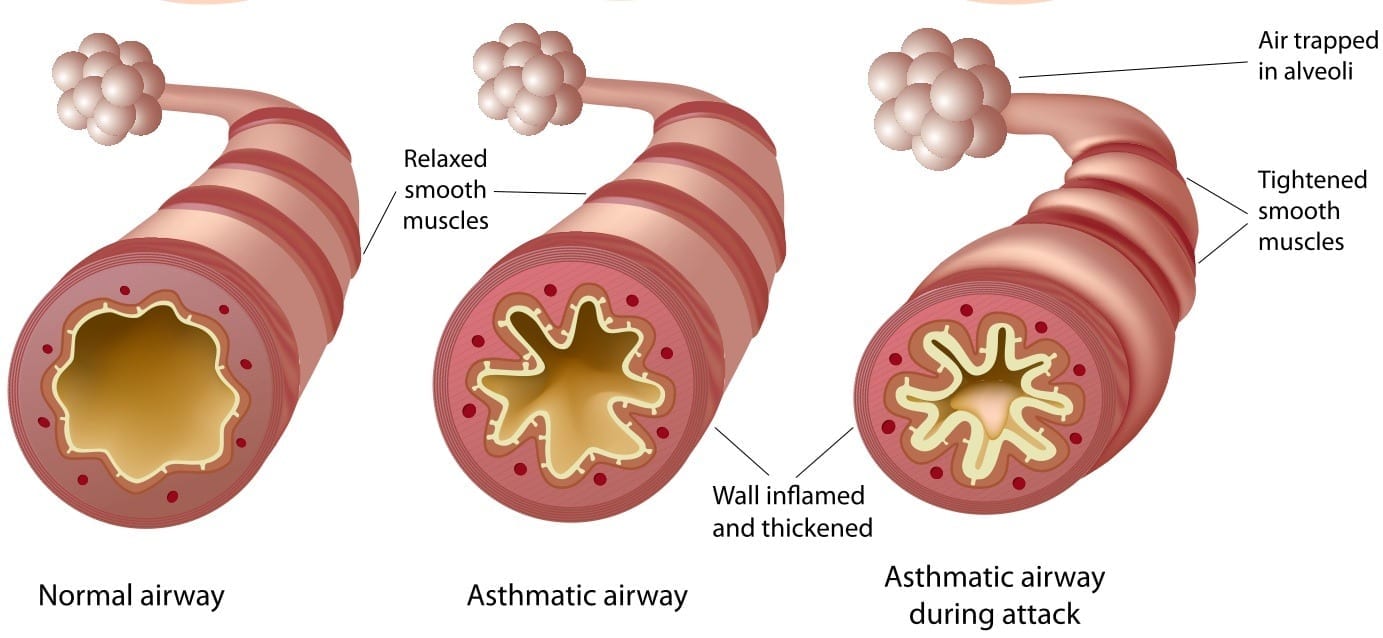
Image-processing system learns largely on its own, much like a human baby
Neuroscience and artificial intelligence experts from Rice University and Baylor College of Medicine have taken inspiration from the human brain in creating a new “deep learning” method that enables computers to learn about the visual world largely on their own, much as human babies do.
In tests, the group’s “deep rendering mixture model” largely taught itself how to distinguish handwritten digits using a standard dataset of 10,000 digits written by federal employees and high school students. In results presented this month at the Neural Information Processing Systems (NIPS) conference in Barcelona, Spain, the researchers described how they trained their algorithm by giving it just 10 correct examples of each handwritten digit between zero and nine and then presenting it with several thousand more examples that it used to further teach itself. In tests, the algorithm was more accurate at correctly distinguishing handwritten digits than almost all previous algorithms that were trained with thousands of correct examples of each digit.
“In deep-learning parlance, our system uses a method known as semisupervised learning,” said lead researcher Ankit Patel, an assistant professor with joint appointments in neuroscience at Baylor and electrical and computer engineering at Rice. “The most successful efforts in this area have used a different technique called supervised learning, where the machine is trained with thousands of examples: This is a one. This is a two.
“Humans don’t learn that way,” Patel said. “When babies learn to see during their first year, they get very little input about what things are. Parents may label a few things: ‘Bottle. Chair. Momma.’ But the baby can’t even understand spoken words at that point. It’s learning mostly unsupervised via some interaction with the world.”
Patel said he and graduate student Tan Nguyen, a co-author on the new study, set out to design a semisupervised learning system for visual data that didn’t require much “hand-holding” in the form of training examples. For instance, neural networks that use supervised learning would typically be given hundreds or even thousands of training examples of handwritten digits before they would be tested on the database of 10,000 handwritten digits in the Mixed National Institute of Standards and Technology (MNIST) database.
The semisupervised Rice-Baylor algorithm is a “convolutional neural network,” a piece of software made up of layers of artificial neurons whose design was inspired by biological neurons. These artificial neurons, or processing units, are organized in layers, and the first layer scans an image and does simple tasks like searching for edges and color changes. The second layer examines the output from the first layer and searches for more complex patterns. Mathematically, this nested method of looking for patterns within patterns within patterns is referred to as a nonlinear process.
“It’s essentially a very simple visual cortex,” Patel said of the convolutional neural net. “You give it an image, and each layer processes the image a little bit more and understands it in a deeper way, and by the last layer, you’ve got a really deep and abstract understanding of the image. Every self-driving car right now has convolutional neural nets in it because they are currently the best for vision.”
Like human brains, neural networks start out as blank slates and become fully formed as they interact with the world. For example, each processing unit in a convolutional net starts the same and becomes specialized over time as they are exposed to visual stimuli.
“Edges are very important,” Nguyen said. “Many of the lower layer neurons tend to become edge detectors. They’re looking for patterns that are both very common and very important for visual interpretation, and each one trains itself to look for a specific pattern, like a 45-degree edge or a 30-degree red-to-blue transition.
“When they detect their particular pattern, they become excited and pass that on to the next layer up, which looks for patterns in their patterns, and so on,” he said. “The number of times you do a nonlinear transformation is essentially the depth of the network, and depth governs power. The deeper a network is, the more stuff it’s able to disentangle. At the deeper layers, units are looking for very abstract things like eyeballs or vertical grating patterns or a school bus.”
Nguyen began working with Patel in January as the latter began his tenure-track academic career at Rice and Baylor. Patel had already spent more than a decade studying and applying machine learning in jobs ranging from high-volume commodities training to strategic missile defense, and he’d just wrapped up a four-year postdoctoral stint in the lab of Rice’s Richard Baraniuk, another co-author on the new study. In late 2015, Baraniuk, Patel and Nguyen published the first theoretical framework that could both derive the exact structure of convolutional neural networks and provide principled solutions to alleviate some of their limitations.
Baraniuk said a solid theoretical understanding is vital for designing convolutional nets that go beyond today’s state-of-the-art.
“Understanding video images is a great example,” Baraniuk said. “If I am looking at a video, frame by frame by frame, and I want to understand all the objects and how they’re moving and so on, that is a huge challenge. Imagine how long it would take to label every object in every frame of a video. No one has time for that. And in order for a machine to understand what it’s seeing in a video, it has to understand what objects are, the concept of three-dimensional space and a whole bunch of other really complicated stuff. We humans learn those things on our own and take them for granted, but they are totally missing in today’s artificial neural networks.”
Patel said the theory of artificial neural networks, which was refined in the NIPS paper, could ultimately help neuroscientists better understand the workings of the human brain.
“There seem to be some similarities about how the visual cortex represents the world and how convolutional nets represent the world, but they also differ greatly,” Patel said. “What the brain is doing may be related, but it’s still very different. And the key thing we know about the brain is that it mostly learns unsupervised.
“What I and my neuroscientist colleagues are trying to figure out is, What is the semisupervised learning algorithm that’s being implemented by the neural circuits in the visual cortex? and How is that related to our theory of deep learning?” he said. “Can we use our theory to help elucidate what the brain is doing? Because the way the brain is doing it is far superior to any neural network that we’ve designed.”
Learn more: Rice, Baylor team sets new mark for ‘deep learning’
[osd_subscribe categories=’semisupervised-learning’ placeholder=’Email Address’ button_text=’Subscribe Now for any new posts on the topic “SEMISUPERVISED LEARNING”‘]
Receive an email update when we add a new SEMISUPERVISED LEARNING article.
The Latest on: Semisupervised learning
[google_news title=”” keyword=”semisupervised learning” num_posts=”10″ blurb_length=”0″ show_thumb=”left”]
via Google News
The Latest on: Semisupervised learning
- The Learning Networkon April 29, 2024 at 12:52 am
By The Learning Network Wordle? Spelling Bee? Flashback? Connections? Teachers across subject areas and levels say Times games have become part of their routines. By Katherine Schulten and Natal ...
- Best online learning platform of 2024on April 26, 2024 at 3:40 am
Learning Management Systems (LMS) and Virtual Learning Environments (VLE) have become increasingly common, especially due to sweeping changes that became necessary due to the pandemic. While face ...
- Learning Communitieson April 18, 2024 at 11:12 am
Through learning communities, you have a great opportunity to connect with other students who share your interests and get to know faculty. Students who participate in a learning community earn higher ...
- Random Matrix Methods for Machine Learningon April 6, 2024 at 1:00 am
The book opens with a thorough introduction to the theoretical basics of random matrices, which serves as a support to a wide scope of applications ranging from SVMs, through semi-supervised learning, ...
- Multimedia Learningon March 25, 2024 at 6:32 am
Multimedia learning describes learning through the use of pictures and words. Examples of multimedia learning include watching a PowerPoint presentation, watching a pre-recorded lecture or reading a ...
- Harnessing hyperspectral imaging and machine learning for rubber tree nutrient managementon March 18, 2024 at 12:39 pm
A potential solution involves integrating unlabeled hyperspectral data with labeled samples through semi-supervised learning and resampling techniques, aiming for accurate and efficient monitoring ...
- Artificial intelligence vs machine learning: what's the difference?on March 8, 2024 at 9:29 am
There are three main types of machine learning and some specialized forms, including supervised, unsupervised, semi-supervised, and reinforcement learning. In supervised learning, the machine is ...
- Online Learningon March 5, 2024 at 11:11 pm
Are Online Learning Classes Right for You? Are you thinking about taking online classes? There are many benefits to taking your courses online, including the amount of flexibility when it comes to ...
- Learning Disorders Newson March 5, 2024 at 4:00 pm
Dec. 1, 2023 — Phonetic information -- the smallest sound elements of speech -- may not be the basis of language learning in babies as previously thought. Babies ... Jan. 23, 2024 — A new ...
via Bing News











